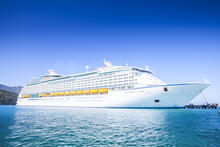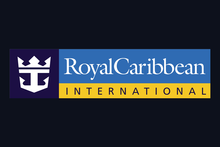Royal Caribbean Group released its third quarter 2021 financial results, which reflect a $1.3 billion loss while restarting more than half of its ships.
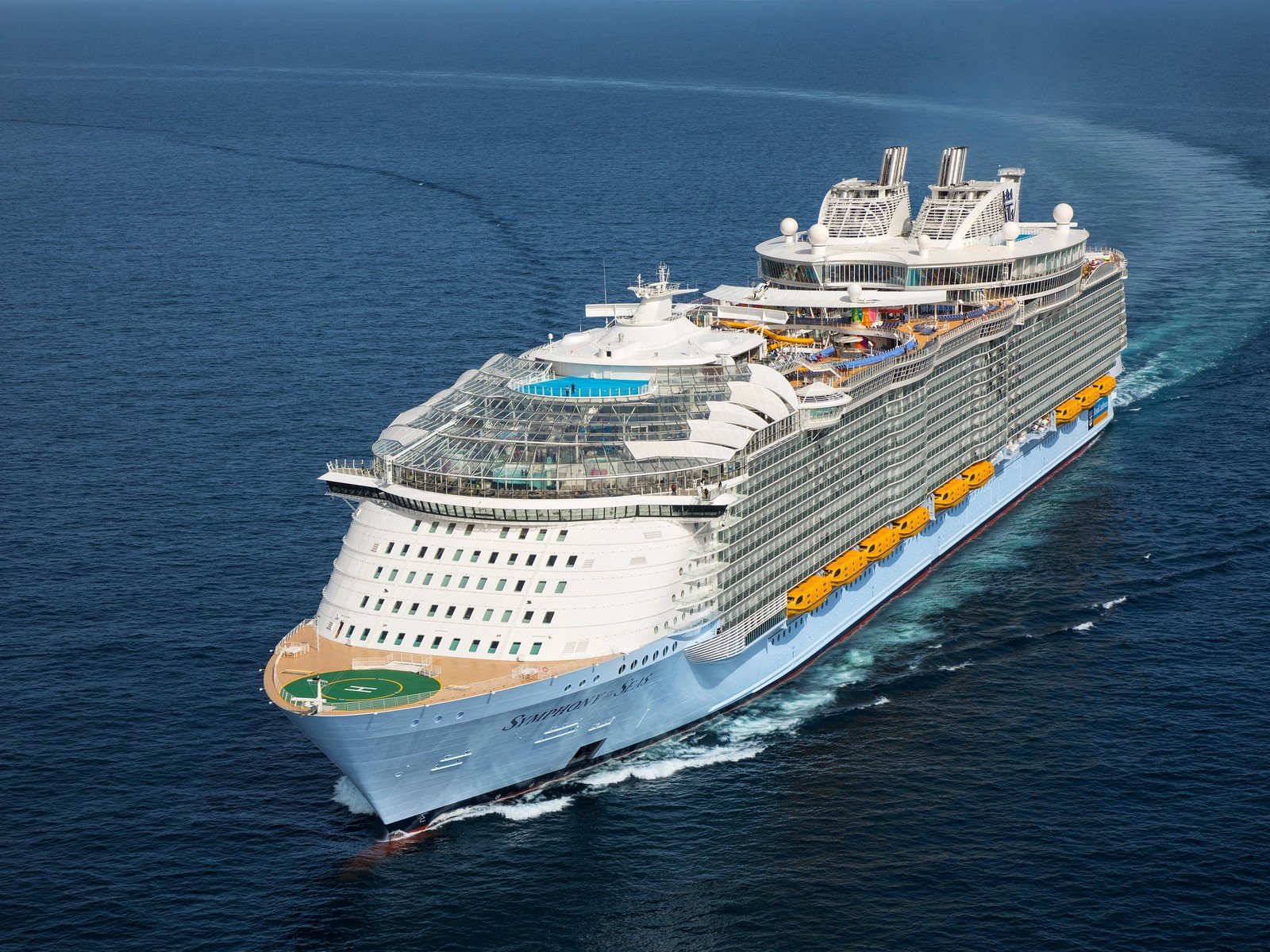
In fact, Royal Caribbean Group was able to get two-thirds of its ships back in operation, although the Delta variant of Covid-19 delayed booking progress.
The company championed a few key statistics from the quarter before diving into its financials:
- Over 500k guests sailed across its five brands, including Royal Caribbean International. Over 1 million passengers are expected before the year ends.
- By the end of 2021, 50 of the 61 cruise ships in the Royal Caribbean Group should be back in service, representing almost 100% of its core itineraries and approximately 80% of worldwide capacity.
- Sailings for 2022 are booked within historical ranges and at higher prices than 2019, even when including future cruise credits (FCCs).
- Guest satisfaction scores and onboard spending per passenger are both at the highest levels in the Company's history.
- The Group expects to be cash flow positive by spring and profitable for the full year 2022.
- Constructive dialogue with the CDC leading to the end of the prescriptive CSO in January.
Third quarter results
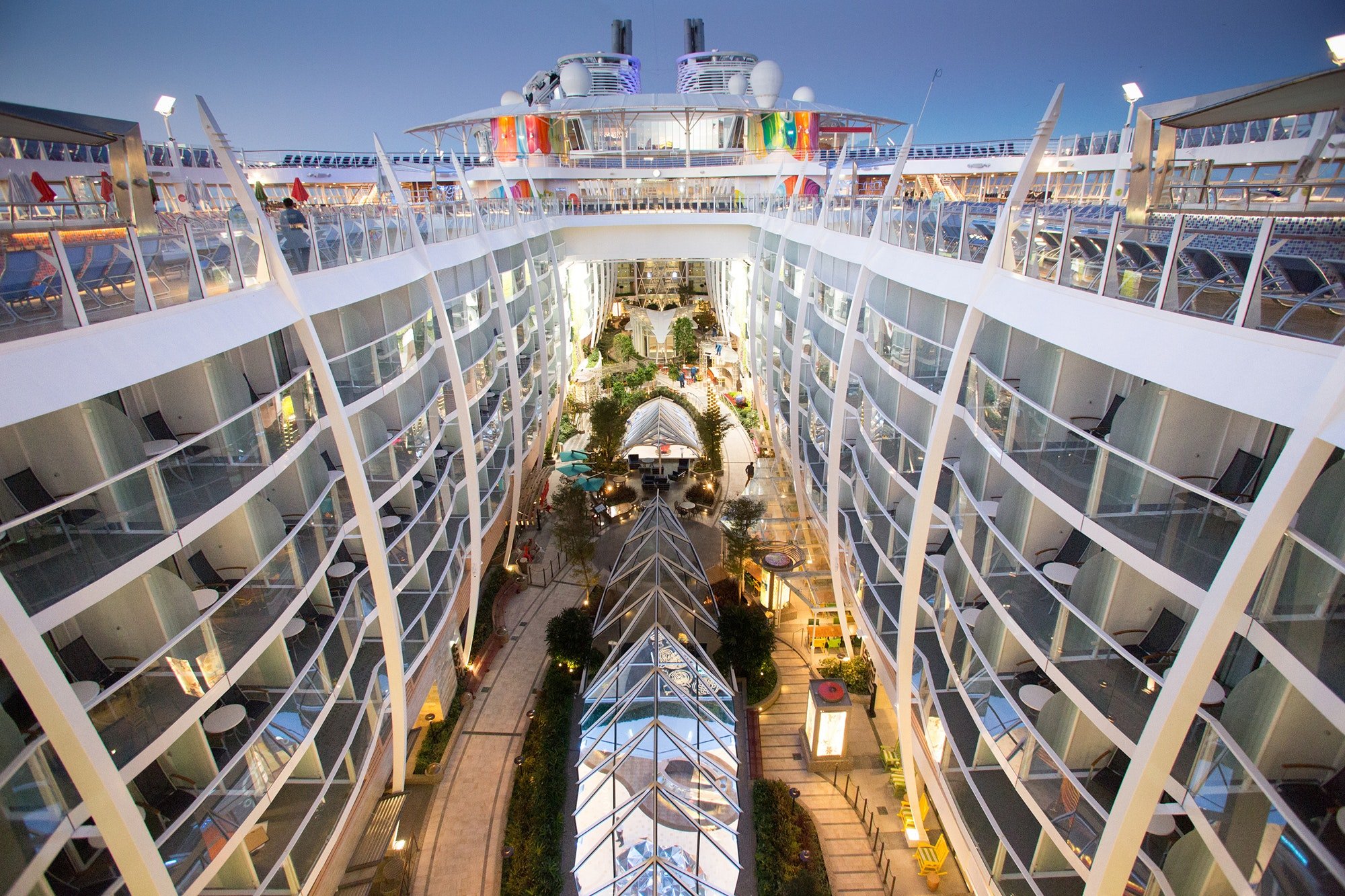
Royal Caribbean Group posted a $1.3 billion loss for 2021, compared to a $1.3 billion loss in the third quarter of 2020.
The Company also reported Adjusted Net Loss of $(1.2) billion or $(4.91) per share for the third quarter of 2021 compared to Adjusted Net Loss of $(1.2) billion or $(5.62) per share in the prior year. The Net Loss and Adjusted Net Loss for the third quarter of 2021 are the result of the continued impact of the COVID-19 pandemic on the business.
The good news is 11 more cruise ships returned to service, which means there are now 40 cruise ships across all the Royal Caribbean Group brands operating today. This represents 65% of the fleet capacity have restarted cruises.
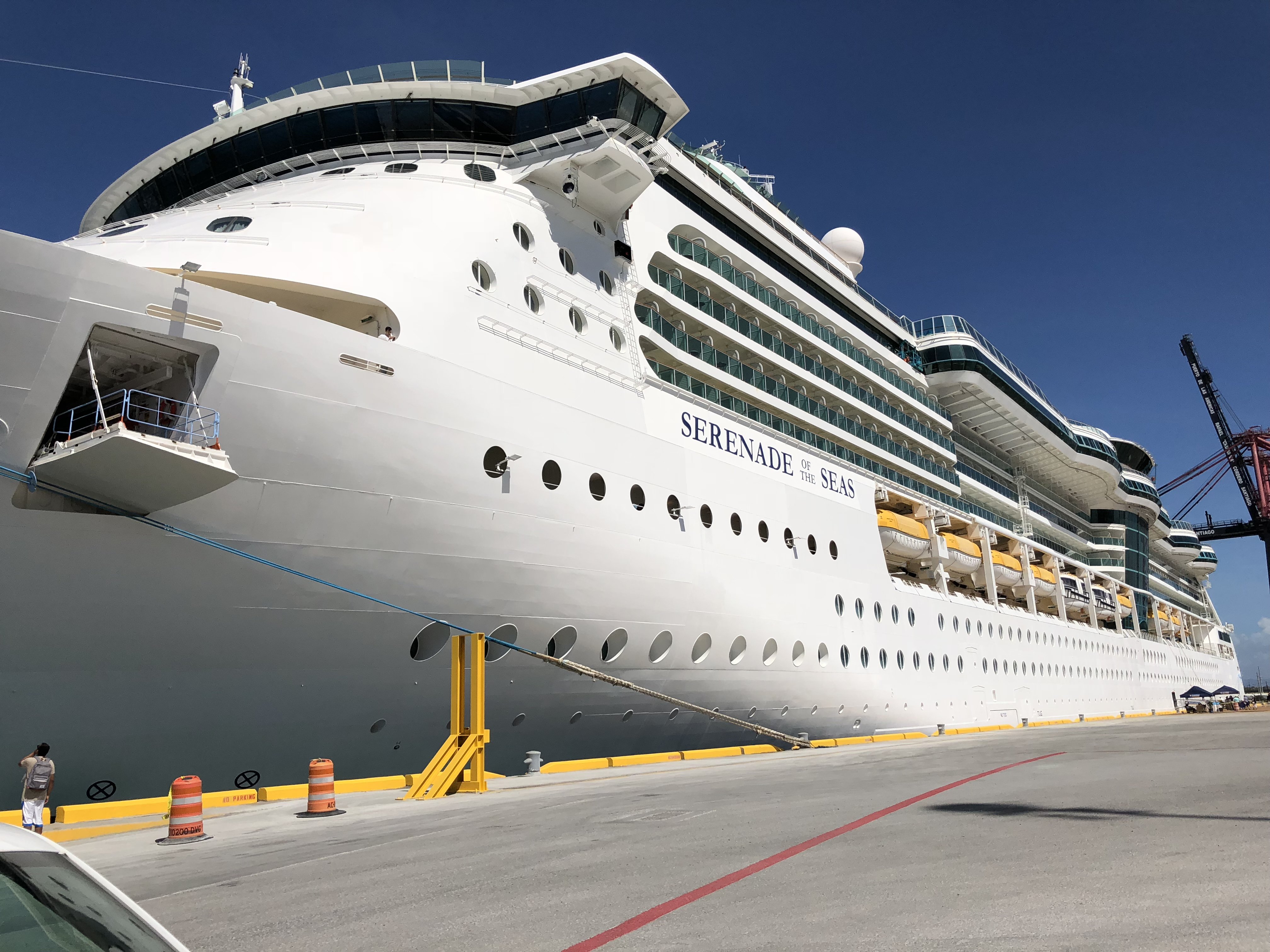
The Company also reported Adjusted Net Loss of $(1.2) billion or $(4.91) per share for the third quarter of 2021 compared to Adjusted Net Loss of $(1.2) billion or $(5.62) per share in the prior year. The Net Loss and Adjusted Net Loss for the third quarter of 2021 are the result of the continued impact of the COVID-19 pandemic on the business.
Cruise ships that operated the Group's core Caribbean, Alaska, and Europe itineraries in the third quarter achieved a load factor of 44%. Core itineraries exclude sailings during the early ramp-up period of up to four weeks and also exclude specialized itineraries implemented during the COVID period (e.g., Singapore, Cyprus).
Total revenues per Passenger Cruise Day in the third quarter was up 12% versus record 2019 levels driven mainly by strong onboard revenue performance.
Cruise ship plans and capacity

Royal Caribbean Group says it will move load factors up to 65-70% during the fourth quarter.
The Group expects all ships on core itineraries in the fourth quarter will be cash flow accretive even when including start-up costs.
By the end of the year, the Group expects that 50 out of 61 ships will have returned to service, representing almost 100% of core itinerary capacity and approximately 80% of worldwide capacity.
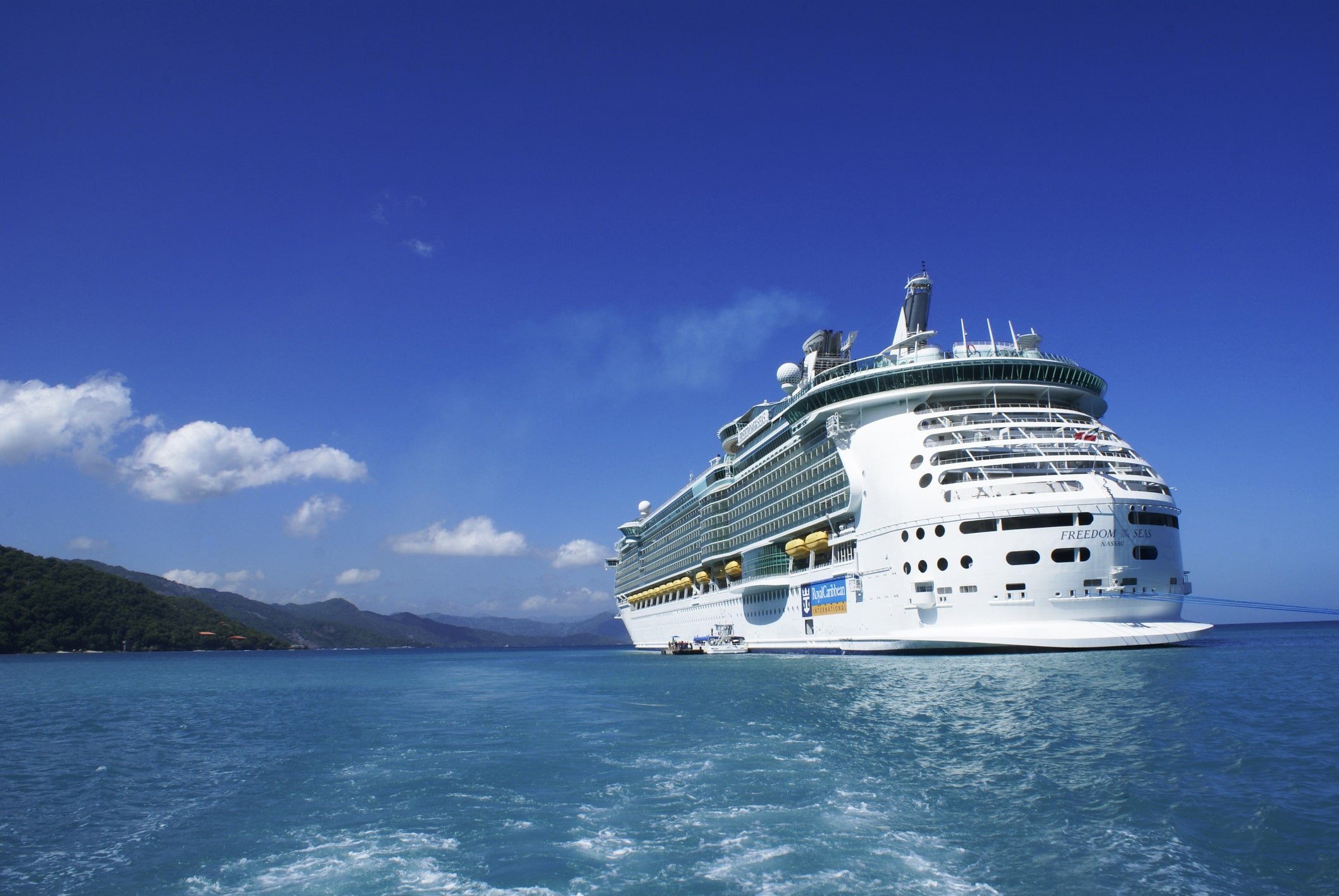
The remaining ships are expected to return by the spring of 2022 and return to historical load factors in the third quarter 2022.
They believe Mainland China cruises will resume in the spring, albeit with lower load factors.
CDC and the Conditional Sailing Order

Royal Caribbean Group highlighted the fact the U.S. Centers for Disease Control and Prevention (CDC) announced a plan to transition the Conditional Sailing Order (CSO) to a voluntary program.
Mr. Fain said of the change, "We are very pleased with the continued and constructive partnership with the CDC and the U.S. government's COVID-19 interagency group."
"This is a great example of how close collaboration between the cruise industry and the CDC results in health and safety protocols that have demonstrated cruising can be one of the safest forms of vacation," Fain continued.
Bookings
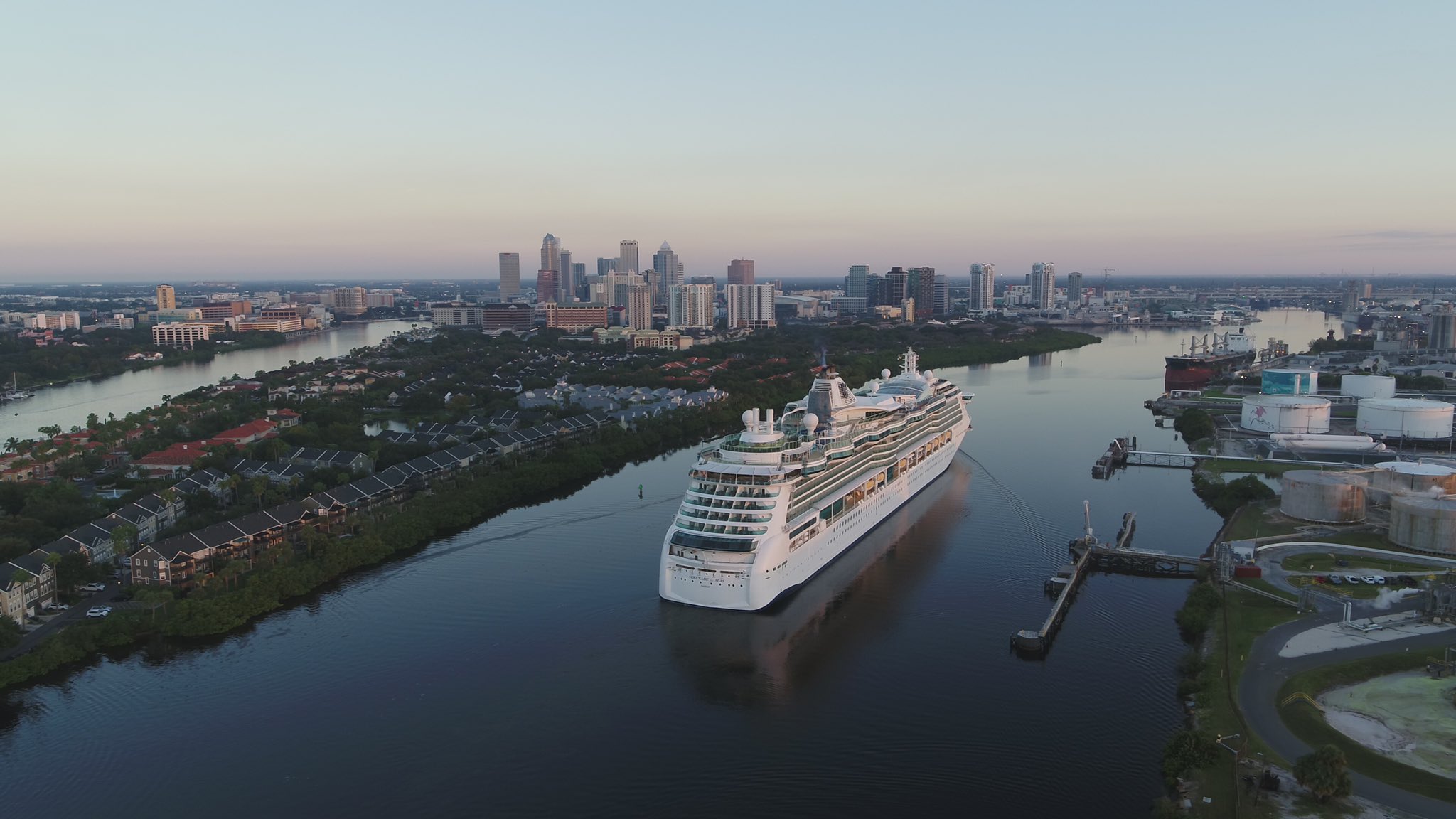
While the Delta variant had a negative impact on cruise bookings, Royal Caribbean Group said booking volumes have improved "significantly" since the slowdown.
The Company attracted more bookings in the third quarter compared to the second quarter. September was particularly strong, with new bookings for 2022 sailings more than 60% higher than the monthly average during the second quarter.
Sailings for the full year 2022 are booked within historical ranges and at higher prices than 2019.
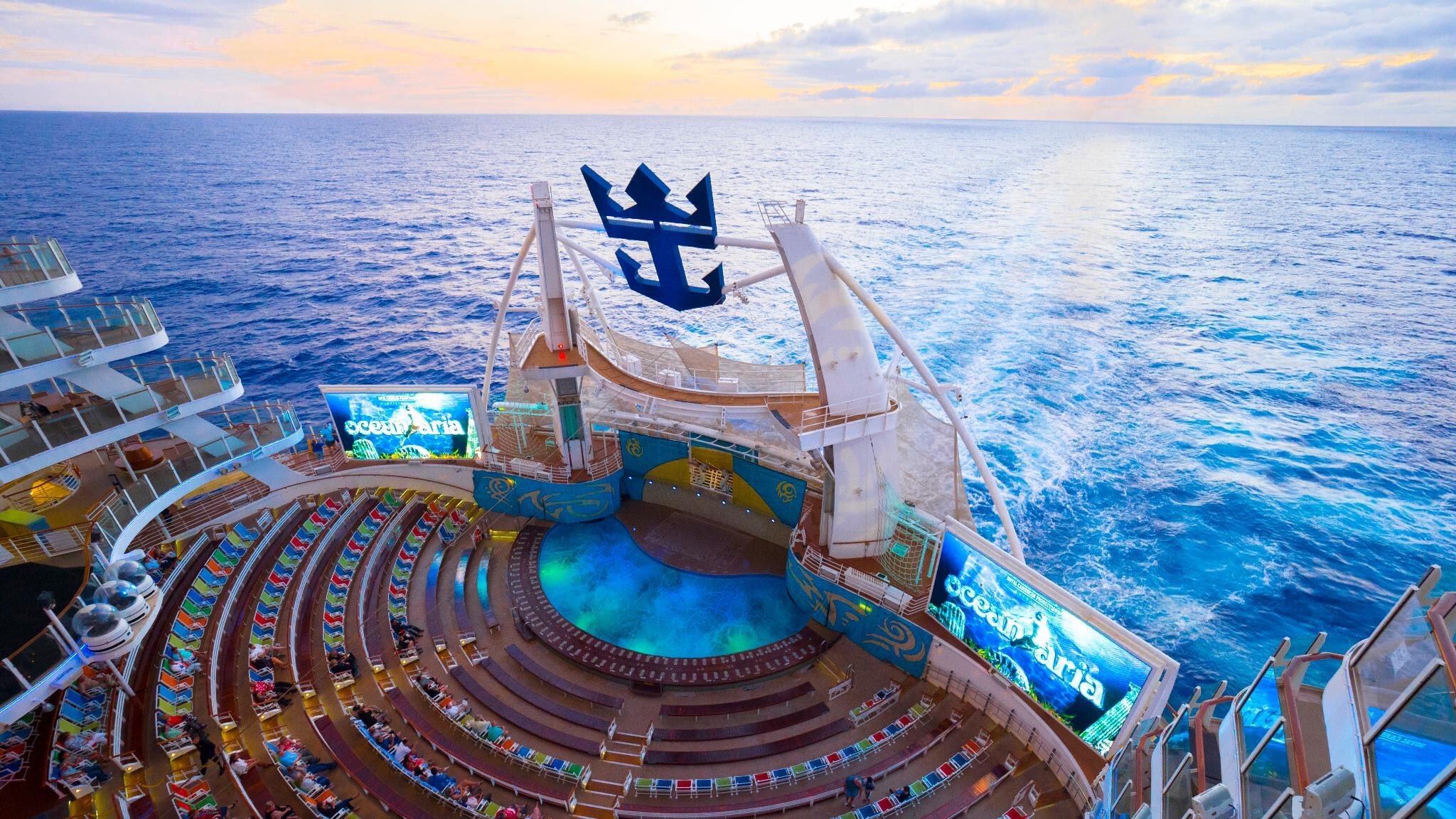
"As cases have come down, demand has come surging back. Consumers are showing their resilience and desire to vacation, and the growing affinity of Royal Caribbean's leading brands, ships and crew. Although there are many uncertainties going forward regarding COVID-19, as well as cost and supply chain pressures, we continue our pathway forward and anticipate positive cash flow for the Group by spring of 2022 and generating positive earnings for the full year 2022," said Jason T. Liberty, Executive Vice President and CFO.
As of September 30, 2021, the Company had approximately $2.8 billion in customer deposits. The comparable figure for the three brands at the same time in 2019 was $3.1 billion. This represents an improvement of about $400 million over the past quarter despite the $300 million of revenue that was recognized during the quarter.
Approximately 35% of the customer deposit balance is related to FCCs compared to 40% in the prior quarter; a positive trend indicating new demand. Customer deposits for second quarter 2022 forward sailings are higher than at the same time in 2019.


